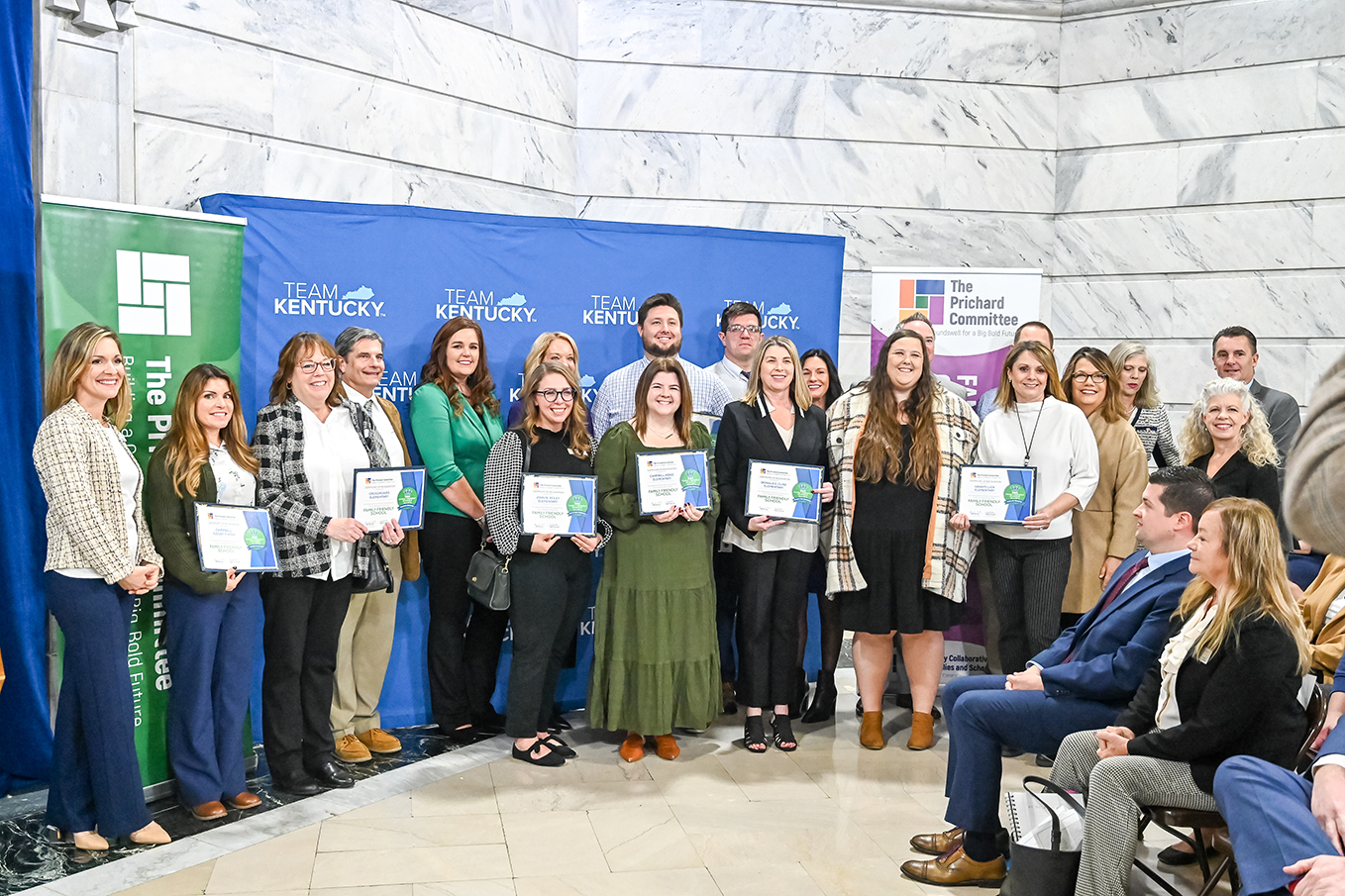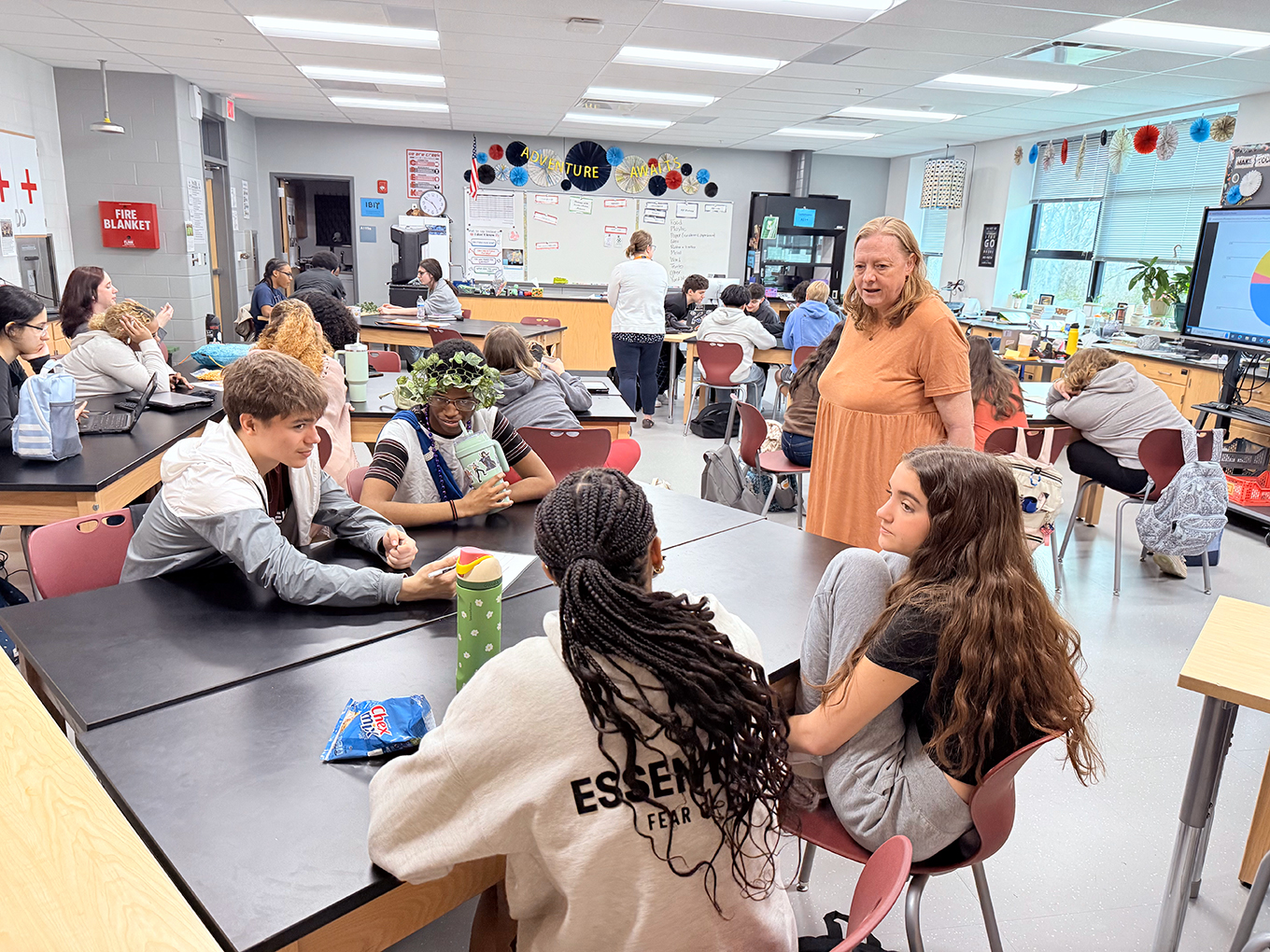I still remember one of my first years teaching middle school science when my students conducted a lab and their data did not support the Law of Conservation of Mass. This was a big deal because the whole reason we were doing the lab was to learn or reinforce the Law of Conservation of Mass. That was pre-Next Generation Science Standards (NGSS) when content was king. I did a lot of hands on activities and labs back then, but they were subservient to “King Content.” Every lab or hands on activity we did was so that students could uncover some content or to reinforce content I had already taught. Sometimes I was so concerned that the students learned the content from the labs that I ended a lab session with a version of “Now, let me tell you what your results should have been.” I suspect that many of you have said something similar. We had to teach content; we knew hands-on was the best way to do that, so we did what we thought was best. And because we had to teach content above all, there was no room for errors in labs.
The NGSS offer a very different view of lab experiences. No longer does content reign supreme; he must share the throne with science and engineering practices and crosscutting concepts. The science and engineering practices (which are used in lab experiences) are no longer subservient to content; they are his equal. Students must be given opportunities to develop proficiency in science and engineering practices in conjunction with disciplinary core ideas (content) and crosscutting concepts. This paradigm shift has a lot of implications for the classroom. The first implication is the freedom to make mistakes. If an experiment works, students learn content and process. If an experiment fails, students learn a lot about the process of science (science and engineering practices).
What does this transformation look like in action? Recently, inspired by a cold, snowy winter, I asked my students to offer their opinion on this question: “Does dressing a snowman in a coat make him melt slower, faster, or have no effect?” Students had strong opinions about this question. In the past, I might have been tempted to teach about thermal energy and then tell the students the “correct” answer. However, their answers provided a great opportunity to teach content and process. I asked students to devise a way to test their hypotheses in the absence of snow. Many methods were produced, but we opted for one that worked best with the materials we had on hand. The procedure we selected had us put ice in two plastic sandwich bags. One bag was wrapped in an oven mitt or a towel to simulate a coat; the other bag was left as it was to simulate a snowman without a coat. A Hobo data logger was also placed in each bag to measure temperature every five minutes. The bags were placed in a shady area outside the school building. To be honest, I wasn’t sure what our data would show, but the students were doing real science. I was not relying on this experience to teach students everything about thermal energy. I was relying on it to give students an opportunity to engage with thermal energy using science and engineering practices.
Before NGSS, I might have been tempted to move quickly through the data analysis phase. I might have explained to the class how the data we acquired confirmed the content we studied about thermal energy. However, NGSS allows me the freedom to have students analyze the data and determine what it says because I’m focusing on the science and engineering practices. If the data confirms what we know about thermal energy, we’ll know that our experimental design was a good one. If our data doesn’t support what we know about thermal energy, we can look back at our experimental design to find any flaws or repeat the experiment to gather more data.
In this simple experiment, we combined science and engineering practices, disciplinary core ideas, and crosscutting concepts (e. g. cause and effect) that related to an experience in students’ lives to produce three- dimensional learning. Is there a lab in your repertoire that you could re-envision to produce three-dimensional learning for your students?
David Grossman is a 7th- grade science teacher at TK Stone Middle School (Elizabethtown Independent). You can find him on Twitter @tkSciGuy or at his NGSS blog and resource site, ngssky.weebly.com.





Nice read and very insightful…